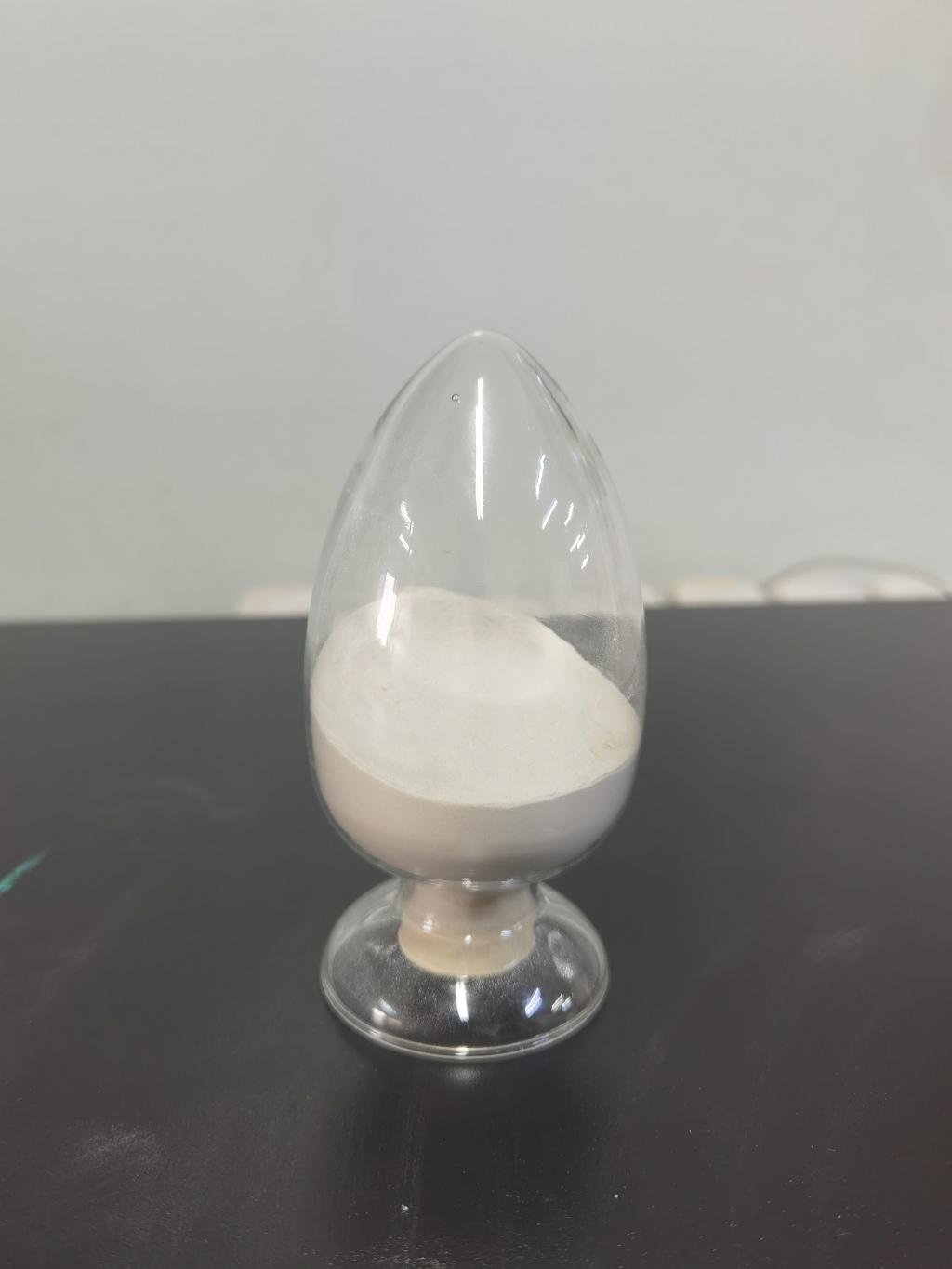Tel:+8618231198596

News
 CONTACT
CONTACT
 CONTACT
CONTACT
- Linkman:Linda Yao
- Tel: +8618231198596
- Email:linda.yao@dcpharma.cn
- Linkman:CHARLES.WANG
- Department:Overseas
- Tel: 0086 0311-85537378 0086 0311-85539701
News
Nisin's applications in the control of microbial contamination in cosmetics manufacturing.
TIME:2024-05-29
Mechanism of Action:
Nisin is a bacteriocin produced by certain strains of lactic acid bacteria, primarily Lactococcus lactis. It exerts its antimicrobial activity by disrupting bacterial cell membrane integrity. Nisin binds to lipid II, a precursor molecule in bacterial cell wall synthesis, leading to pore formation and leakage of cellular contents. Additionally, nisin may disrupt membrane potential, inhibit cell wall synthesis, and interfere with essential cellular processes, ultimately resulting in bacterial cell death. Importantly, nisin exhibits broad-spectrum activity against various Gram-positive bacteria, including those commonly found in cosmetics formulations.
Efficacy Against Common Contaminants:
In cosmetics manufacturing, microbial contaminants such as Staphylococcus aureus, Pseudomonas aeruginosa, Candida albicans, and molds pose significant challenges to product safety and stability. Studies have demonstrated the efficacy of nisin in controlling the growth of these common contaminants in cosmetics formulations. Nisin-containing emulsions, creams, lotions, and serums have been shown to inhibit microbial growth and extend product shelf life. Moreover, nisin-based preservative systems have been incorporated into cosmetic formulations to replace or enhance traditional preservatives, thereby reducing the risk of microbial contamination and improving product safety.
Regulatory Status and Practical Applications:
Nisin is approved as a food preservative in many countries and is generally recognized as safe (GRAS) by regulatory authorities such as the U.S. Food and Drug Administration (FDA) and the European Food Safety Authority (EFSA). While its use in cosmetics requires additional regulatory approval, including evaluation of safety, efficacy, and labeling compliance, nisin holds promise as a natural antimicrobial agent for cosmetics manufacturing. Cosmetic manufacturers may incorporate nisin directly into formulations or utilize nisin-based preservative systems to enhance microbial control and product stability. Additionally, nisin can be applied as a surface treatment or included in packaging materials to prevent microbial contamination during storage and distribution.
Challenges and Future Perspectives:
Despite its potential benefits, the utilization of nisin in cosmetics manufacturing faces several challenges, including formulation compatibility, stability, and regulatory compliance. Formulation optimization is essential to ensure the efficacy and stability of nisin-containing products while maintaining desired cosmetic properties and sensory attributes. Additionally, further research is needed to address safety concerns, potential interactions with other cosmetic ingredients, and consumer acceptance of nisin-based preservative systems. Collaborative efforts between cosmetics manufacturers, regulatory agencies, and research institutions are crucial to overcoming these challenges and realizing the full potential of nisin in cosmetics manufacturing.
Conclusion:
Nisin offers a promising solution for controlling microbial contamination in cosmetics manufacturing, thereby enhancing product safety and stability. Its natural origin, broad-spectrum antimicrobial activity, and regulatory approval make it an attractive alternative to traditional preservatives in cosmetics formulations. While challenges remain in terms of formulation optimization, regulatory compliance, and consumer acceptance, ongoing research and collaboration efforts hold the key to unlocking the full potential of nisin in ensuring the safety and quality of cosmetic products.
- Tel:+8618231198596
- Whatsapp:18231198596
- Chat With Skype







